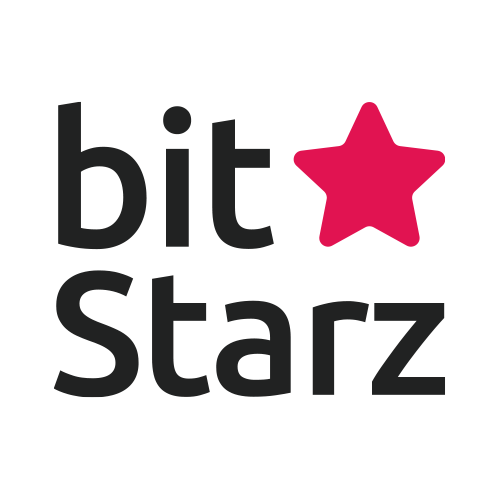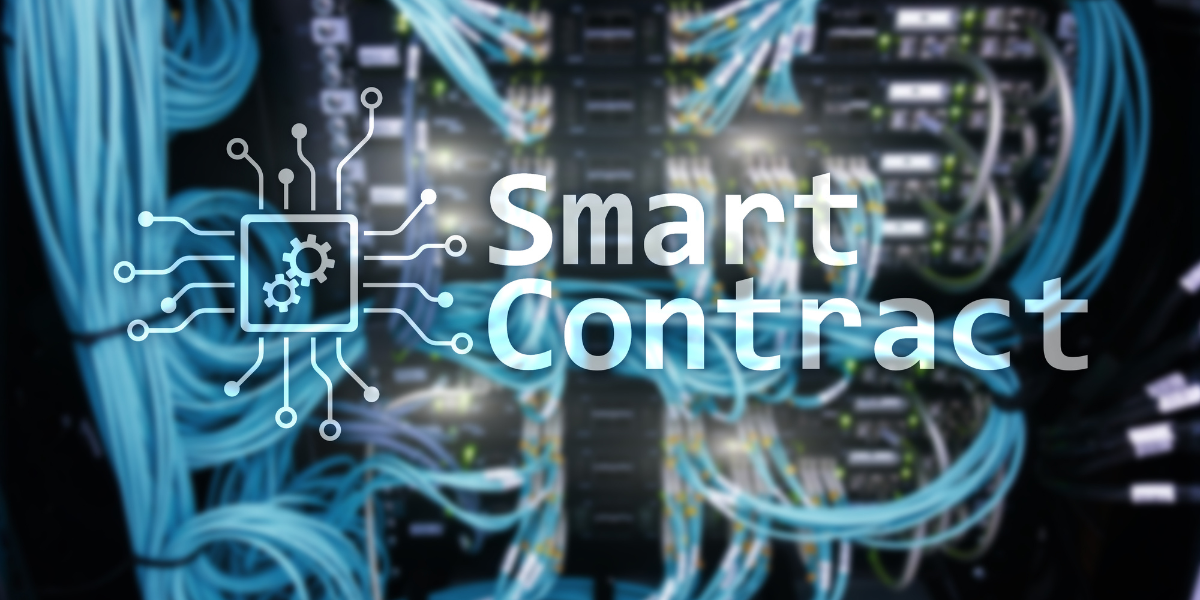Blockchain has come a long way in eight years, with 2017 signaling the start of a paradigm shift in mainstream understanding of the technology. Blockchain-backed currencies have caught fire over the past nine months, partly in anticipation of major disruptions in the financial industry as a result of the distributed ledger. Blockchain’s appeal has helped drive a $175 billion cryptocurrency market, where tokens are available instantly via public exchanges.
Online trading of financial instruments is nothing new. The forex industry has expanded rapidly over the past 15 years, attracting millions of retail traders into the fold. This highly competitive environment has led to a consolidation of sorts, with major brokers in North America, Europe and Asia emerging as the go-to source for online trading. They’ve spawned an entire community of white labels and affiliates designed to drive foot traffic to those respective platforms.
Although the online trading industry is still maturing, it is not immune from disruption. As demand for digital assets continues to grow, intermediation is one of the first things that could get left behind.
When most people think about the blockchain the first thing that comes to mind is cryptocurrency, like the Bitcoin or the Ethereum. But,the Institute for Blockchain Studies, claims that “ We should think about the blockchain as another thing like the Internet – a comprehensive information technology with tiered technical levels and multiple classes of applications for any form of asset registry, inventory, and exchange, including every area of finance, economics, and money; hard assets (physical property); and intangible assets (votes, ideas, reputation, intention, health data, information etc) “
From a more technical point of view, the blockchain is a non-centralized system purposed to share things through the Internet. The blockchain is all about preventing the information lost.
When we think about the blockchain we mostly have the cryptocurrency in the mind, which was invented as a competition to banks. The bank account is mostly dedicated for storing the funds and transferring them from one account to the another. In the cryptocurrency, this works in the same way.
An investor or a user can open new wallet – which works like a login to your bank account. A private key to this wallet can be generated – which is used as a password (there are more ways to access the wallet, but I will describe them in an article dedicated for specific cryptocurrency). When the wallet is opened, a new address is automatically bound to this wallet. All funds are stored or assigned to the specific address. The funds can be transferred between addresses and because the transfer has not got any title, name or receiver, except the final destination address, a new address for each transaction should be generated to recognize the purpose of the transaction. In an example, if you want to ask your friend to send you money for the last dinner you put him last day, new address should be generated for this one, specific transaction. Otherwise, the transaction sender can be recognized only by the amount of funds that are sent or if your friend sends you an address from which she sent money.
Each transaction has few fields with an information about its state – the sender’s address, receiver’s address, amount of funds, time, block number, number of confirmations and fee. The blockchain is a distributed ledger of immutable digital records saved in a chain of units called blocks. When the transaction is sent it is not added to the blockchain yet. Every transaction needs to be mined, which means that one of the nodes needs to collect newly published transactions, calculate the hash of the latest block and spread an information about the latest block in the blockchain. When this information is published, each transaction in the latest block will have first confirmation and the funds can be primarily treated as transferred. Each block can be identified by a block number or block hash. A new block contains cryptographically hashed data and is built upon the previous block in the chain, ensuring that the data in the blockchain cannot be compromised.
Working with the blockchains can be a fun, especially with the cryptocurrency blockchains, but without knowledge solid foundations it can wipe awake at night.













